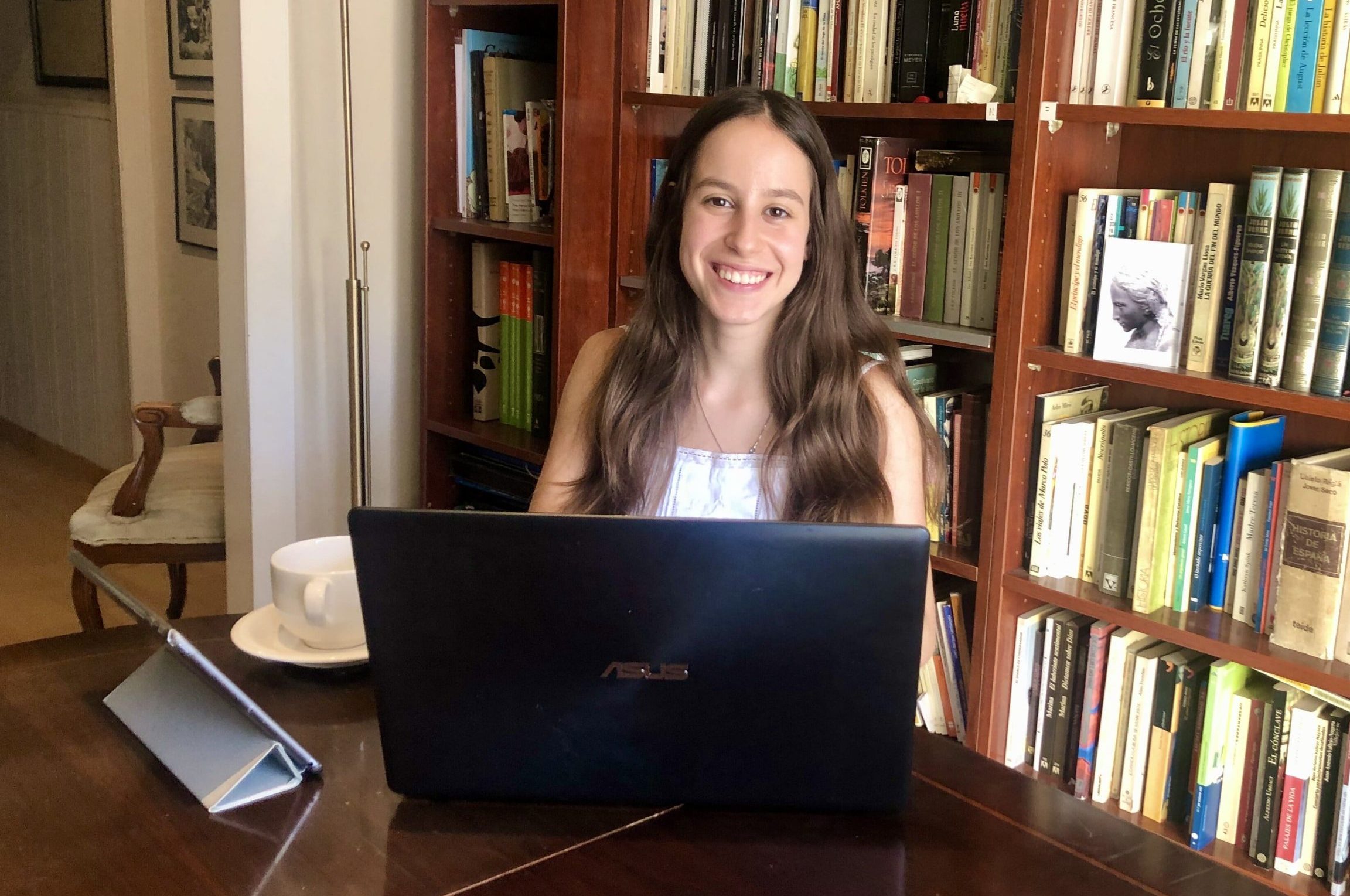
I am Lara San Martín Suárez, and from the 22nd of June to the 30th of August 2020 I have been a summer internship student at the Fusion Group in Barcelona Supercomputing Center (BSC), selected to take part in their annual International Summer HPC Internship Programme.
I started my internship when Barcelona was still in the second phase of the de-escalation government plan, caused by the COVID-19 outbreak that happened at the beginning of this year. Because of that, I started the Programme by working from home, and due to the instability of the pandemic during these months I did the whole internship this way.
I was assigned a mentor to guide me during my whole stay at the group, Dr Dani Gallart. He contacted prior to the start date to send me some articles and courses on Fusion Energy and Plasma Heating using Electromagnetic Waves, as it is a topic that is not particularly covered by the Engineering Physics study plan. For instance, he sent me an introductory book on the basics of Fusion Physics, which helped me to get introduced to the topic and better understand the work I was going to carry out during the Programme.
The project I was assigned was about modelling the heating of fusion plasmas with ICRF waves in a deuterium tritium (D-T) scenario in JET. I was able to work on it guided by Dani’s recommendations on the simulations that I should perform and the papers that I should read to compare my results.
We used the PION code to simulate the heating of the plasma. It was especially tricky to get used to it working from home, as I had no experience working with Fortran nor the PION code itself. However, I eventually managed to understand the basics.
As a first approach, Dani instructed me to work in the post-process of the output data of the code. I plotted the dependence of different power absorption and transmission magnitudes to the electron density and overall temperature for the case of helium-3 minority heating. After I learned the output format of the PION code, I started to modify it to simulate beryllium minority heating. I varied both the beryllium and the tritium concentration in order to get some interesting plots out of it. Lastly, I also focused on getting different fast ion population parameters of interest for all the simulations that I carried out.
All of this work was backed by several e-mail exchanges and a weekly meeting with Dani, where I could ask him the questions and troubles that might had arisen while working with the code.
I was especially excited about starting this internship, as it happened to be my first partaking in this kind of Programme and my first approach towards working in research. I am glad that I could do it in the Fusion Group of BSC and that I had the opportunity to get to know the field of Fusion Energy. The topic was truly inspiring for me.
Special thanks to Prof. Mervi Mantsinen and of course Dr. Dani Gallart for making me feel part of the group even in the unfortunate circumstances that we had to face during my internship.
Thank you very much to all the members in the Fusion Group and to Barcelona Supercomputing Center for making my stay possible!
